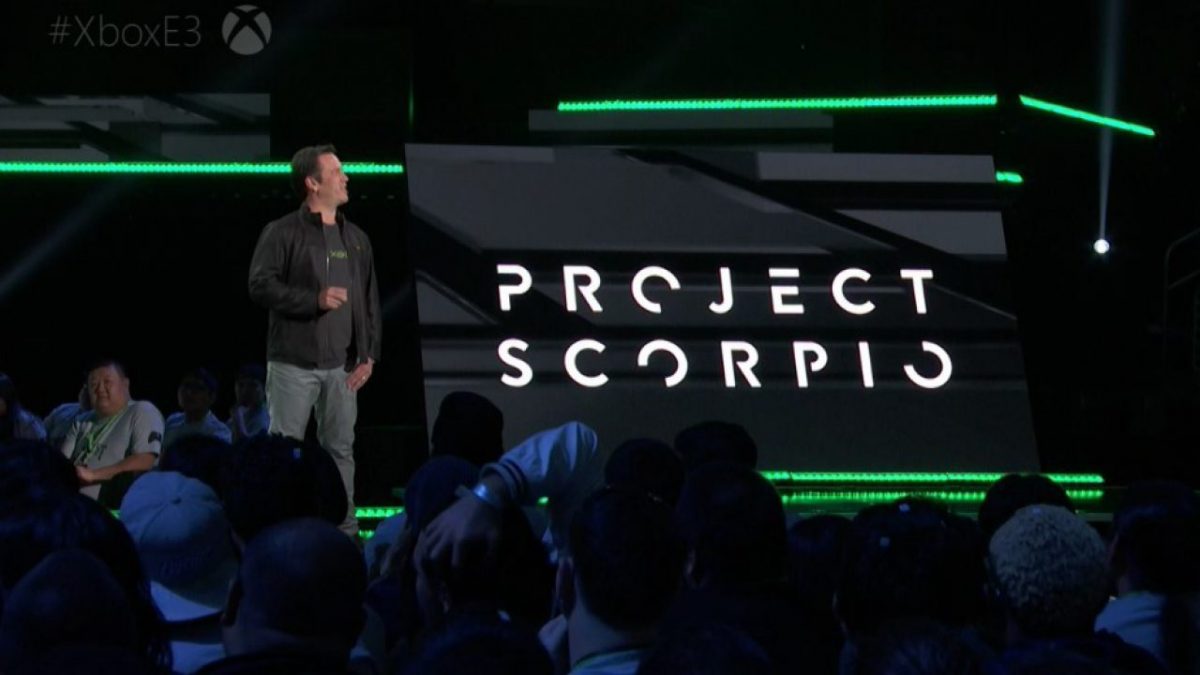Microsoft's level playing field will keep Project Scorpio from living up to its potential
4 min. read
Updated on
Read our disclosure page to find out how can you help MSPoweruser sustain the editorial team Read more

Microsoft Project Scorpio console is set to be a monster, on par with today’s best PCs, with specs like eight CPU cores, 6 teraflops of graphics computing power, support for 4K video and VR.
Microsoft has said Scorpio will break the wall between PC and console gaming, but it seems the console will miss one big feature that has always driven the PC market – better specs should mean better performance.
Speaking to GameInformer Microsoft Studios general manager Shannon Loftis revealed that the frame rate of games will be identical between the Xbox One and the Project Scorpio console.
When asked specifically whether there will be different frame rates for the same game running on Xbox One and Scorpio he said: “No, there wouldn’t be a frame rate difference, because typically the frame rate is determined by the game developer and what’s right for the gameplay mechanic,” Loftis explains. “You don’t necessarily want to create two different mechanics for two different configurations.”
Loftis says that developers will continue to choose frame rate to fit their gameplay design.
“A good example is Killer Instinct, which is cross-play on PC and Xbox One. We have locked the frame rate to 60 frames per second,” Loftis says. “We could do better on super high end PCs, but that ruins the competitive nature of it.”
That’s not to say the console will not have an advantage over the Xbox One, with the main feature being support for the much higher 4K resolution.
“Games that are shipping now can do a couple of small things to give us a free upgrade when Scorpio comes out. If you implement dynamic scaling now, it will just look better on Scorpio. The other thing is to signal to all game developers that true 4K gaming is coming. Typically what happens is almost every game is created in natively 4K or better and then you downsample to fit the specs of the output device. There won’t be any downsampling for Xbox Scorpio.”
“We don’t really think of games as ‘Scorpio games’ per se,” she says. “We think of them as Xbox One games that may take advantage of the 4K rendering abilities of Scorpio. If you put a 4K game in a non-4K box it’s going to render at 1080p. It will still look beautiful. Same with HDR. That will all work correctly.”
The other main feature is of course support for VR. Loftis however downplayed its importance.
“It’s hard to see VR being a living room activity on a mass scale, because it’s not particularly social,” Loftis explains. “It’s incredible as an experience. Development partners, developers, and gamers told us they want to have at least the capability of VR. When the time and place is right for VR to go more social and more mass, Scorpio will be there and ready for it.”
The question does arise what the console brings to users who have not upgraded to a 4 K TV or monitor. This may very well be the question Loftis wants us to ask, as some raise concern about the Scorpio osborning the Xbox Slim. If the device will not offer any new compelling features for regular users to hold out for there is no reason to wait to purchase the next Xbox.
Loftis also warned the new box will not be cheap.
“We’re not talking about price right now, but it is a more premium piece of hardware,” Loftis says, suggesting that it will launch at more than the $400 to $500 price point for new consoles.
Microsoft was forced into revealing the Scorpio due to the need for game developers to make their games resolution-adaptive for 4 K resolution, but the company is working hard to manage expectations so as not to torpedo their current generation of consoles, which also of course risks dampening enthusiasm for the whole next generation.
Do our readers think Microsoft can navigate this minefield? Let us know below.









User forum
57 messages